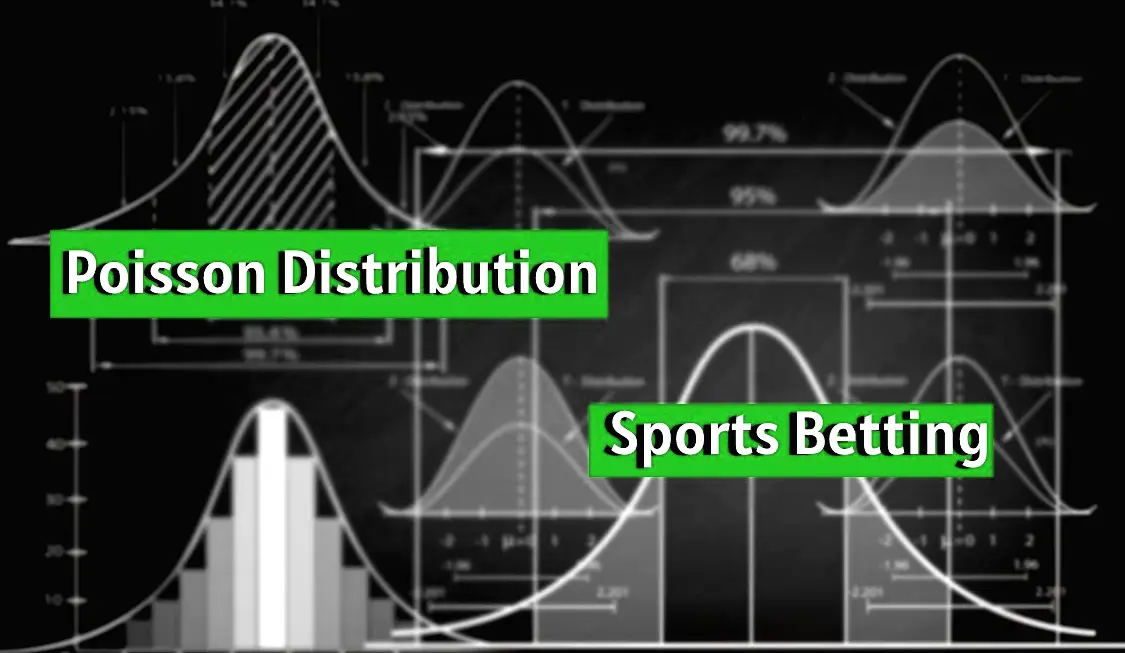
1. Poisson Distribution
The Poisson distribution is often used to model the number of goals scored in a soccer match. The formula is:
P(x;λ)=λx⋅e−λx!P(x; \lambda) = \frac{\lambda^x \cdot e^{-\lambda}}{x!}P(x;λ)=x!λx⋅e−λ
Where:
- P(x;λ)P(x; \lambda)P(x;λ) is the probability of xxx goals being scored.
- λ\lambdaλ is the average number of goals scored (expected goals).
- xxx is the number of goals.
You can use this formula to estimate the likelihood of various outcomes based on historical data.
2. Expected Goals (xG)
Expected Goals (xG) is a metric that estimates the quality of scoring chances and the likelihood of a goal being scored. The formula is:
xG=∑i=1nChance ProbabilityixG = \sum_{i=1}^{n} \text{Chance Probability}_ixG=∑i=1nChance Probabilityi
Where:
- Chance Probabilityi\text{Chance Probability}_iChance Probabilityi is the probability of scoring from each chance iii.
- nnn is the number of scoring chances.
You calculate the xG for each team to estimate their potential to score in a match.
3. Kelly Criterion
The Kelly Criterion is a formula used for bankroll management to determine the optimal bet size:
f∗=p⋅(b+1)−1bf^* = \frac{p \cdot (b + 1) – 1}{b}f∗=bp⋅(b+1)−1
Where:
- f∗f^*f∗ is the fraction of your bankroll to bet.
- ppp is the probability of winning.
- bbb is the odds received (decimal odds – 1).
The Kelly Criterion helps in maximizing your bankroll growth while minimizing the risk of bankruptcy.
4. Value Bet Formula
To find value bets, you compare the probability of an outcome with the odds offered:
Value=(Probability×Odds)−1\text{Value} = (\text{Probability} \times \text{Odds}) – 1Value=(Probability×Odds)−1
Where:
- Probability is your estimated chance of the outcome occurring.
- Odds are the decimal odds offered by the bookmaker.
A positive value indicates a potentially profitable bet.
5. Betting Exchange Market
In betting exchanges, you can use the following formula to calculate the implied probability from odds:
Implied Probability=1Odds\text{Implied Probability} = \frac{1}{\text{Odds}}Implied Probability=Odds1
Where:
- Odds are the decimal odds of the outcome.
You can use this to compare with your estimated probability and find value in the market.
6. Statistical Regression Models
Advanced bettors use regression models to predict outcomes. One common model is:
Goals Scored=β0+β1⋅Team Strength+β2⋅Opponent Strength+ϵ\text{Goals Scored} = \beta_0 + \beta_1 \cdot \text{Team Strength} + \beta_2 \cdot \text{Opponent Strength} + \epsilonGoals Scored=β0+β1⋅Team Strength+β2⋅Opponent Strength+ϵ
Where:
- β0\beta_0β0 is the intercept.
- β1\beta_1β1 and β2\beta_2β2 are coefficients.
- Team Strength\text{Team Strength}Team Strength and Opponent Strength\text{Opponent Strength}Opponent Strength are variables representing team capabilities.
- ϵ\epsilonϵ is the error term.
This model helps in predicting goals based on team and opponent strengths.
7. Head-to-Head (H2H) Analysis
While not a formula, H2H analysis involves examining past matchups between two teams to identify patterns or tendencies. Key metrics include:
- Win/loss ratio in H2H matches.
- Average goals scored/conceded in H2H encounters.
- Performance in recent H2H games.
Using these formulas and techniques can help in making more informed soccer betting decisions.


